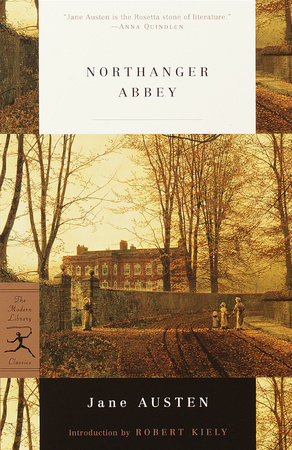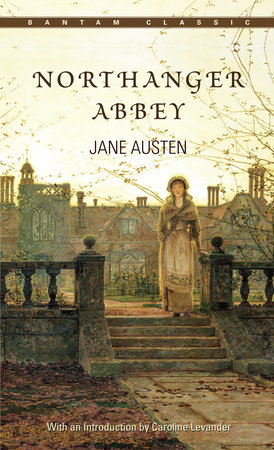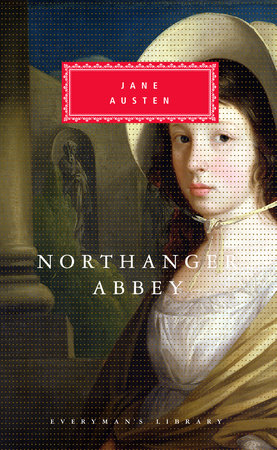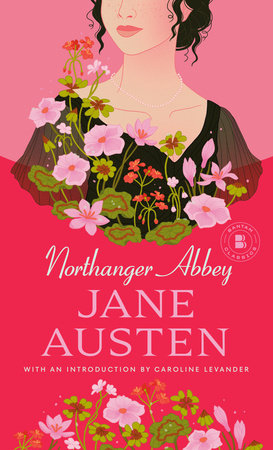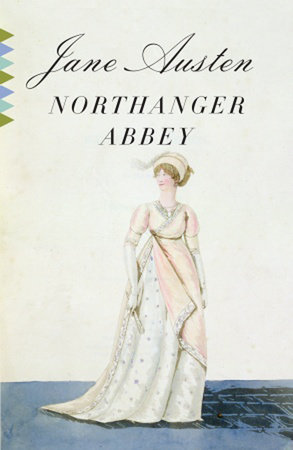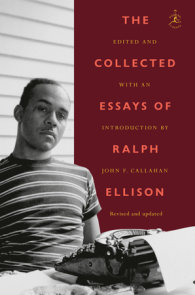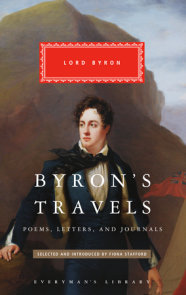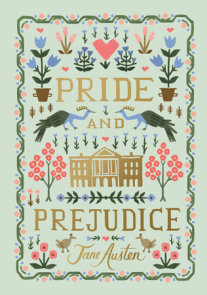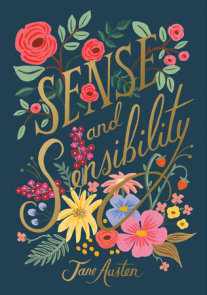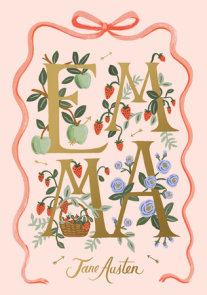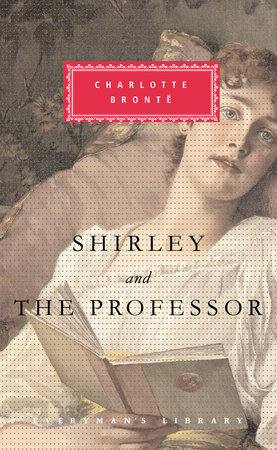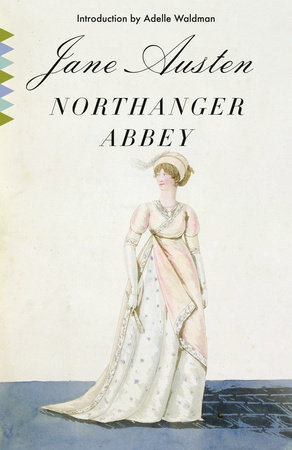

Add to Bookshelf
Northanger Abbey
By Jane Austen
By Jane Austen
By Jane Austen
Introduction by Robert Kiely
By Jane Austen
Introduction by Robert Kiely
By Jane Austen
By Jane Austen
By Jane Austen
Introduction by Claudia Johnson
By Jane Austen
Introduction by Claudia Johnson
By Jane Austen
By Jane Austen
By Jane Austen
By Jane Austen
Best Seller
Part of Vintage Classics
Part of Modern Library Classics
Part of Everyman's Library Classics Series
Part of Modern Library Classics
Category: Classic Fiction | Literary Fiction
Category: Classic Fiction | Literary Fiction
Category: Classic Fiction | Literary Fiction
Category: Classic Fiction | Literary Fiction
Category: Classic Fiction | Literary Fiction
Category: Classic Fiction | Literary Fiction

Paperback
$8.00
Sep 04, 2007 | ISBN 9780307386830
-
$8.00
Sep 04, 2007 | ISBN 9780307386830
-
$8.00
Jan 08, 2002 | ISBN 9780375759178
-
$5.95
Sep 01, 1985 | ISBN 9780553211979
-
$28.00
Nov 03, 1992 | ISBN 9780679417156
-
Jul 31, 2007 | ISBN 9780553903966
-
Nov 01, 2000 | ISBN 9780679641100
YOU MAY ALSO LIKE
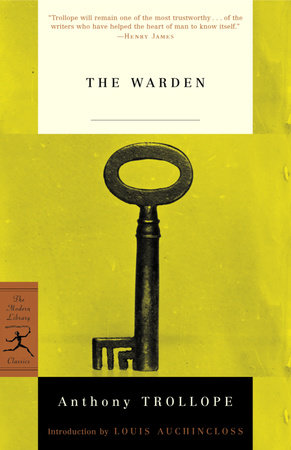
The Warden
Paperback
$19.00
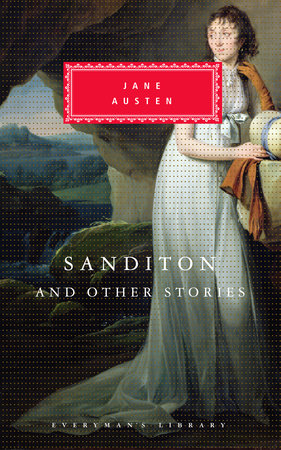
Sanditon and Other Stories
Hardcover
$30.00

Wuthering Heights
Paperback
$5.95
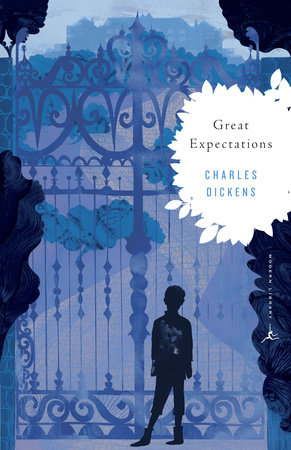
Great Expectations
Paperback
$11.00
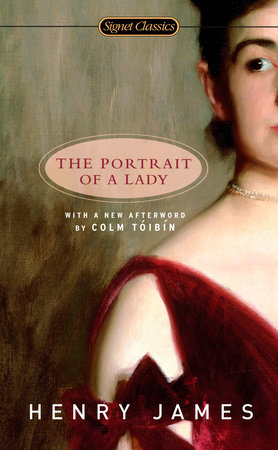
The Portrait of A Lady
Ebook
$3.99
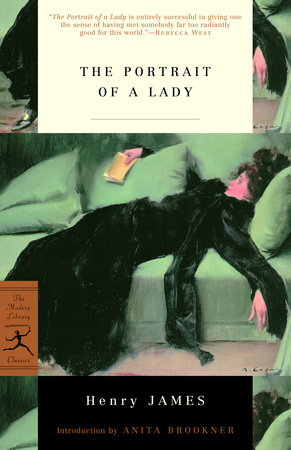
The Portrait of a Lady
Paperback
$20.00
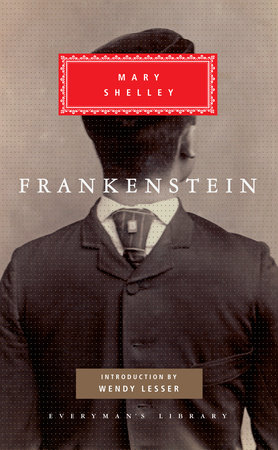
Frankenstein
Hardcover
$26.00
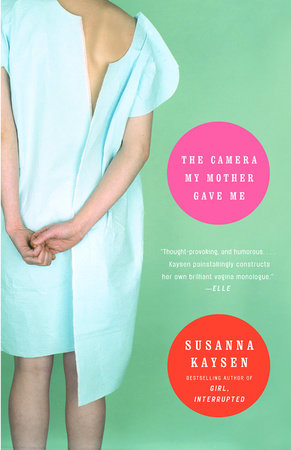
The Camera My Mother Gave Me
Paperback
$15.00
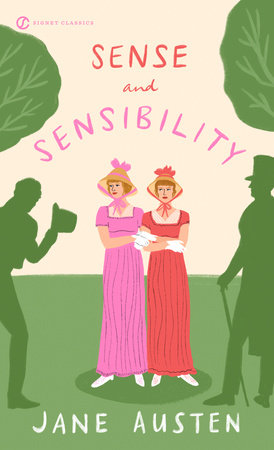
Sense and Sensibility
Paperback
$6.95
×
Become a Member
Just for joining you’ll get personalized recommendations on your dashboard daily and features only for members.
Find Out More Join Now Sign In






